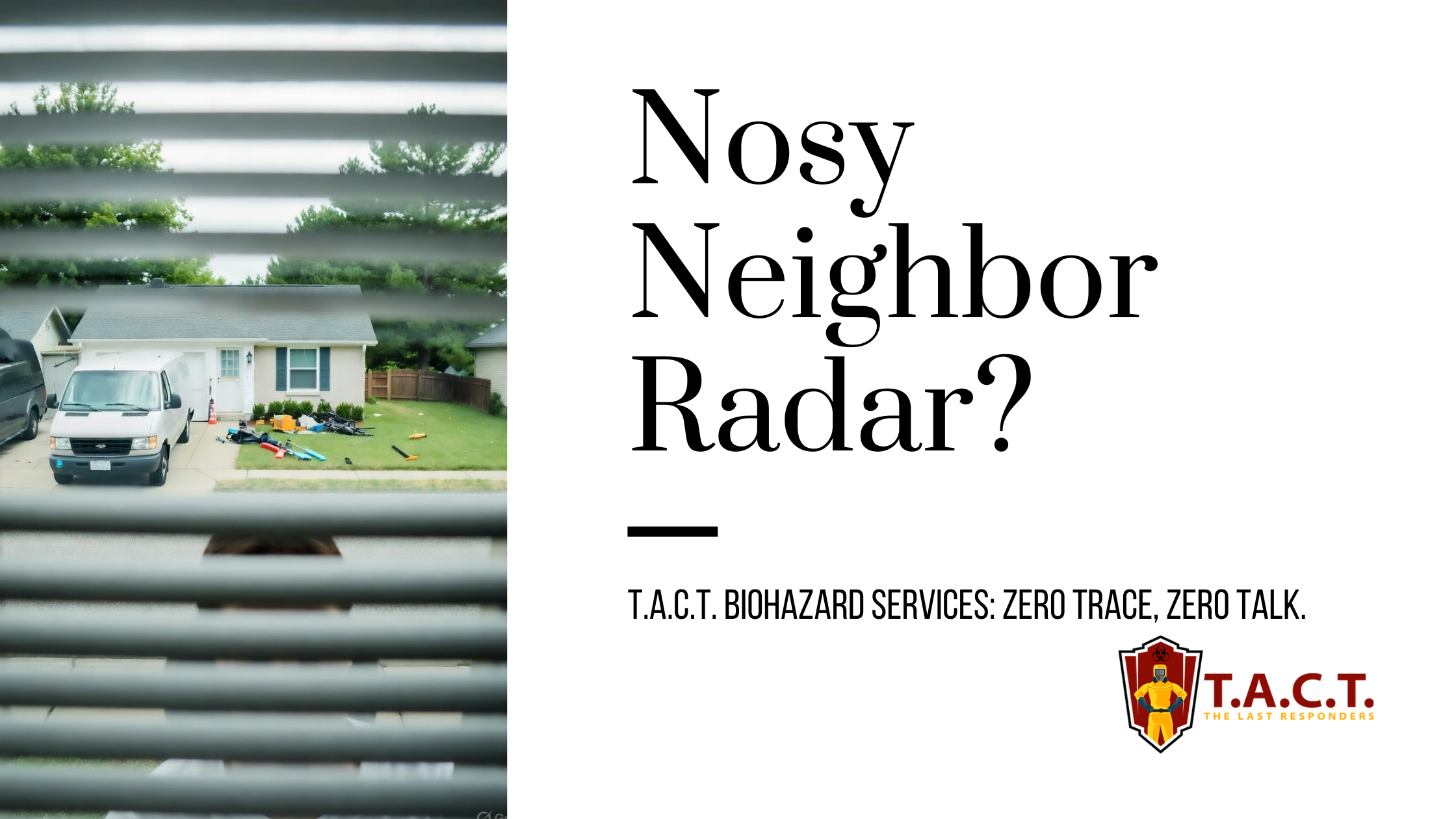What looks like mouse poop but isn’t

What Looks Like Mouse Poop But Isn't: A Quick Guide to Identifying Misleading Droppings
Differentiating Between Mouse Poop and Other Pest Droppings
Mouse droppings are typically black and wet when fresh.
Mouse droppings measure between 1/8 to 1/4 inch in length.
Mouse droppings have a pellet shape with smooth surfaces and pointed ends.
The color of mouse droppings typically starts as dark black and can change over time to brown and gray as they age.
Older mouse droppings may appear chalky or dried.
Mouse droppings can be distinguished from rat droppings, which are larger, about 1/2 inch, and have blunt ends.
Mouse droppings differ from cockroach droppings, which resemble black pepper grains with blunted ends.
Recognizing the characteristics of mouse droppings is essential for identifying pest issues accurately.
Rat Droppings vs. Mouse Droppings
Rat droppings are larger and rectangular compared to the smaller, pointed droppings from mice.
Norway rat droppings are often about 1/2 to 3/4 inch long, indicating a larger size compared to mouse droppings.
Droppings that are 1/2 inch or longer typically indicate the presence of rats or other pests.
Rat droppings exhibit a rectangular shape, contrasting with the pointed shape of mouse droppings.
Rat droppings are typically found at ground level, while mouse droppings may be found in various locations.
Cockroach Droppings vs. Mouse Droppings
Cockroach droppings and mouse droppings can often be confused due to their similar appearance.
Cockroach droppings resemble grains of black pepper and are typically smaller than mouse droppings.
Cockroach droppings have blunted ends, while mouse droppings have pointed ends.
Overall, the key differences lie in the shape and size, with cockroach droppings appearing more like coarse black pepper and featuring blunt edges.
Bat Droppings vs. Mouse Droppings
Bat droppings are often small, dark, and crumbly, which distinguishes them from mouse droppings.
Bat droppings have a crumbly texture that sets them apart from the smooth, pelletized shape of mouse poop.
Bat droppings are commonly found in distinct piles beneath their roosting areas.
In contrast, mouse droppings are usually scattered, pellet-shaped, and not found in distinct piles.
Common Misidentifications: Non-Pest Droppings
There are various items that people often mistake for mouse droppings.
Cockroach feces or pieces of dirt can be mistaken for mouse poop.
Food Particles
Certain food particles, particularly dark grains and seeds, can be easily misidentified as mouse droppings.
Dark grains, like seeds or cooked rice, often mimic the size and shape of rodent feces.
Common examples of these mistaken items include small seeds and dark grains such as rice.
To avoid confusion, it's important to closely examine the texture and placement of any suspected droppings.
Dirt and Debris
Small, dark bits of dirt or other debris might resemble mouse droppings, particularly if they are found in dark areas.
Fine dirt or black debris can mimic the appearance of mouse poop, particularly in low-light conditions.
Accumulated dirt or dust, especially in dark corners, may resemble mouse droppings and can mislead homeowners.
Small, dark bits of dirt or debris, especially in low-light areas, can easily be mistaken for mouse droppings.
Plant Material
Tiny, dark fragments from plants can easily be confused with mouse feces due to their similar appearance.
Small, dark fragments from plants may resemble rodent droppings, causing misidentification.
Fragments from dark-colored plants or seeds can look similar to mouse feces, causing confusion during identification.
Fragments from small, dark plants can resemble rodent droppings, leading to misidentification.
Health Risks of Misidentified Droppings
Rodent droppings can spread serious diseases such as hantavirus and salmonella.
The risk of illness related to mouse droppings increases with larger populations and the accumulation of droppings.
Inhaling airborne particles from mouse droppings can cause disease, respiratory irritation, and allergic reactions.
Using gloves and disinfectant spray while cleaning suspected droppings minimizes health risks.
Ventilating the area for at least 30 minutes before cleaning helps reduce airborne risks.
Potential Diseases from Rodent Droppings
Mouse droppings pose serious health risks due to various diseases they can spread.
Salmonellosis is a prevalent infection linked to mouse droppings affecting millions globally each year.
Hantavirus pulmonary syndrome can develop from contact with mouse droppings and is often severe.
Mouse droppings can contain various viral and bacterial pathogens.
Inhaling particles from mouse droppings can lead to serious illness.
Safe Handling Practices
It's important to saturate mouse poop before cleaning to prevent poop particles from entering the air.
After cleaning up mouse droppings, you should wash your hands and face with soap, and shower with soap.
When cleaning mouse droppings, avoid sweeping or vacuuming, and ensure to follow safety precautions.
Before cleaning mouse droppings, saturate the area to minimize contamination.
While cleaning rodent feces in confined spaces, wearing a respirator is advised to protect your respiratory health.
It is recommended to wear gloves, safety goggles, long sleeves and pants, and respirators when cleaning mouse droppings.
After eliminating mice from your property, it is crucial to thoroughly clean all areas the mice visited.
Identifying a Mouse Infestation
Identifying a mouse infestation involves noticing signs beyond just droppings.
Signs of a rodent problem include chew marks, shredded paper, and a distinct urine odor.
Greasy smudges along walls, created by mice, can indicate their presence and movement in your home.
Chew Marks and Shredded Paper
Mice often gnaw on various materials, including cardboard and fabric, to build their nests.
Urine Odor
Mouse urine emits a distinct ammonia scent that is often used as an indicator of their presence.
The presence of this ammonia scent typically suggests that multiple mice are present in the area.
The strong smell of mouse urine can become more pronounced in areas where they frequently linger.
Nesting Materials
Finding nests made of soft materials can confirm a mouse problem.
Mice utilize a variety of materials, such as clothing and paper, to create comfortable nests.
Identifying these nesting materials in your home can indicate that a mouse infestation is present.
Preventive Measures Against Rodents
Removing potential nesting materials like leaf piles and mulch is essential for rodent prevention.
To deter rodents, keep kitchen waste in containers that are tightly sealed.
Keeping food in tight-fitting lids can significantly reduce rodent attraction.
Regularly cleaning garbage containers helps prevent attracting rodents.
Utilizing professional pest control can lead to long-term savings by preventing small infestations from escalating into costly problems.
Sealing Entry Points
Mice can enter through surprisingly small gaps, even those as narrow as a pencil.
Steel wool and silicone caulk can be used to block openings where mice may enter.
Using lath screen or metal sheeting is effective for sealing larger holes against rodents.
Removing Food Sources
Removing food sources is crucial in deterring mice from invading your home.
Pet food should be stored away after feeding to minimize food sources for rodents.
Ensuring all food items are sealed and reducing clutter can significantly decrease the likelihood of attracting mice.
Regular Inspections
Conducting regular inspections is crucial for identifying early signs of rodent presence.
Frequent checks in attics and basements can help identify signs of rodent activity early.
Inspecting kitchen cabinets regularly aids in detecting potential rodent infestations.
Professional Pest Control Services
Hiring professional pest control ensures expertise in identifying and treating a variety of pest issues efficiently.
Find and eliminate the nest with lasting results.
The health of family, customers, and assets is prioritized when addressing rodent issues.
Effective and lasting rodent eradication programs are offered by professional services.
When to Call a Professional
Repeated pest problems that resist DIY attempts are a strong indication to seek professional assistance.
Yes, there are DIY methods to try before calling professionals.
Hire a professional to inspect and clean it if a dormant HVAC system is found in a property.
What to Expect from Pest Control Services
Pest control services typically include an initial inspection followed by a tailored treatment plan.
Follow-up visits are often part of professional pest control services to ensure the infestation is fully managed.
Professional exterminators have specialized resources and expertise for handling mouse problems.
Latest news

Bio Cleaning Services
Read More
Nosy neighbors peeking? T.A.C.T. North Atlanta offers discreet biohazard remediation for rodent infestations, mold, hoarding, and more. Unmarked vehicles, quiet experts, full privacy—24/7 service at 470-781-4775.
Read More
